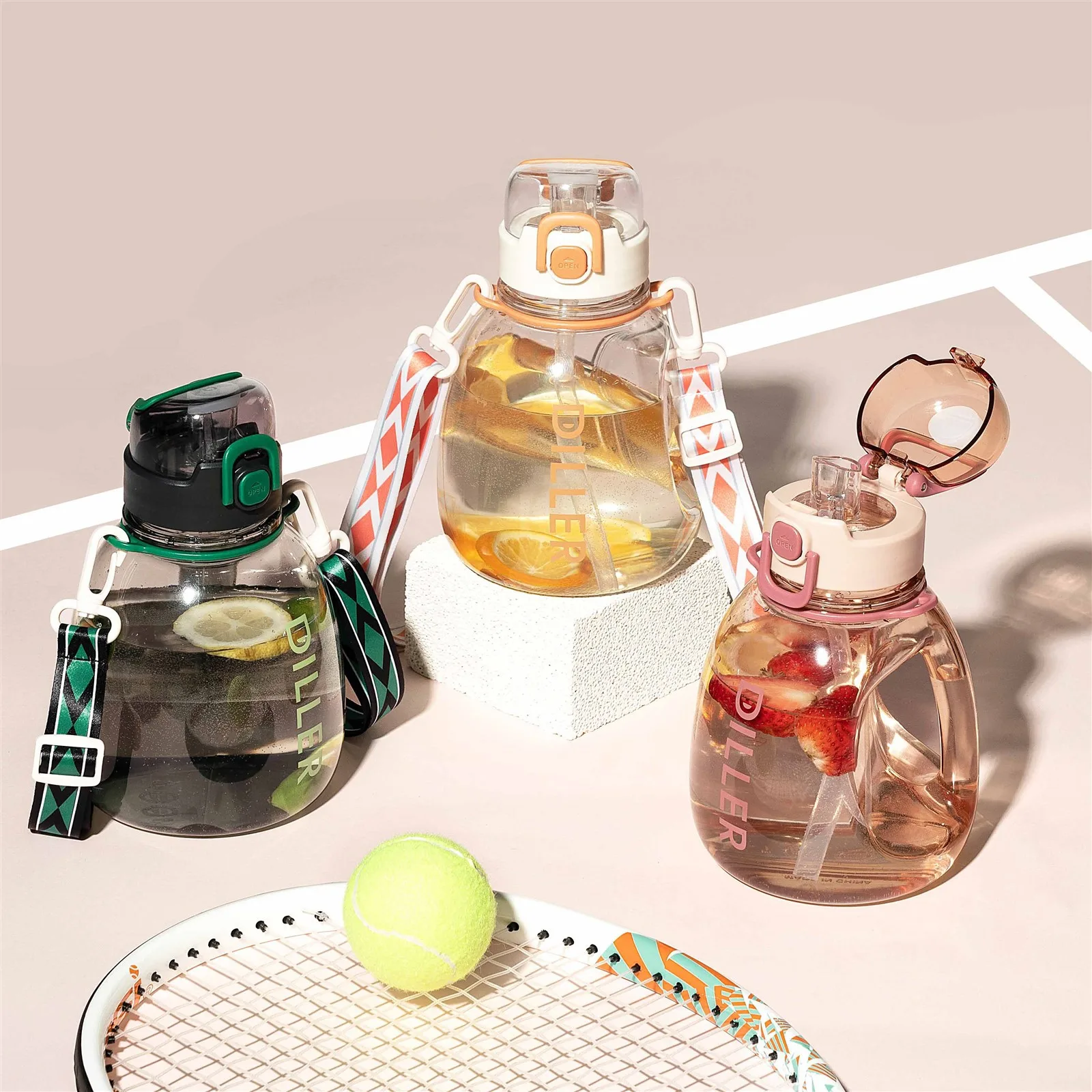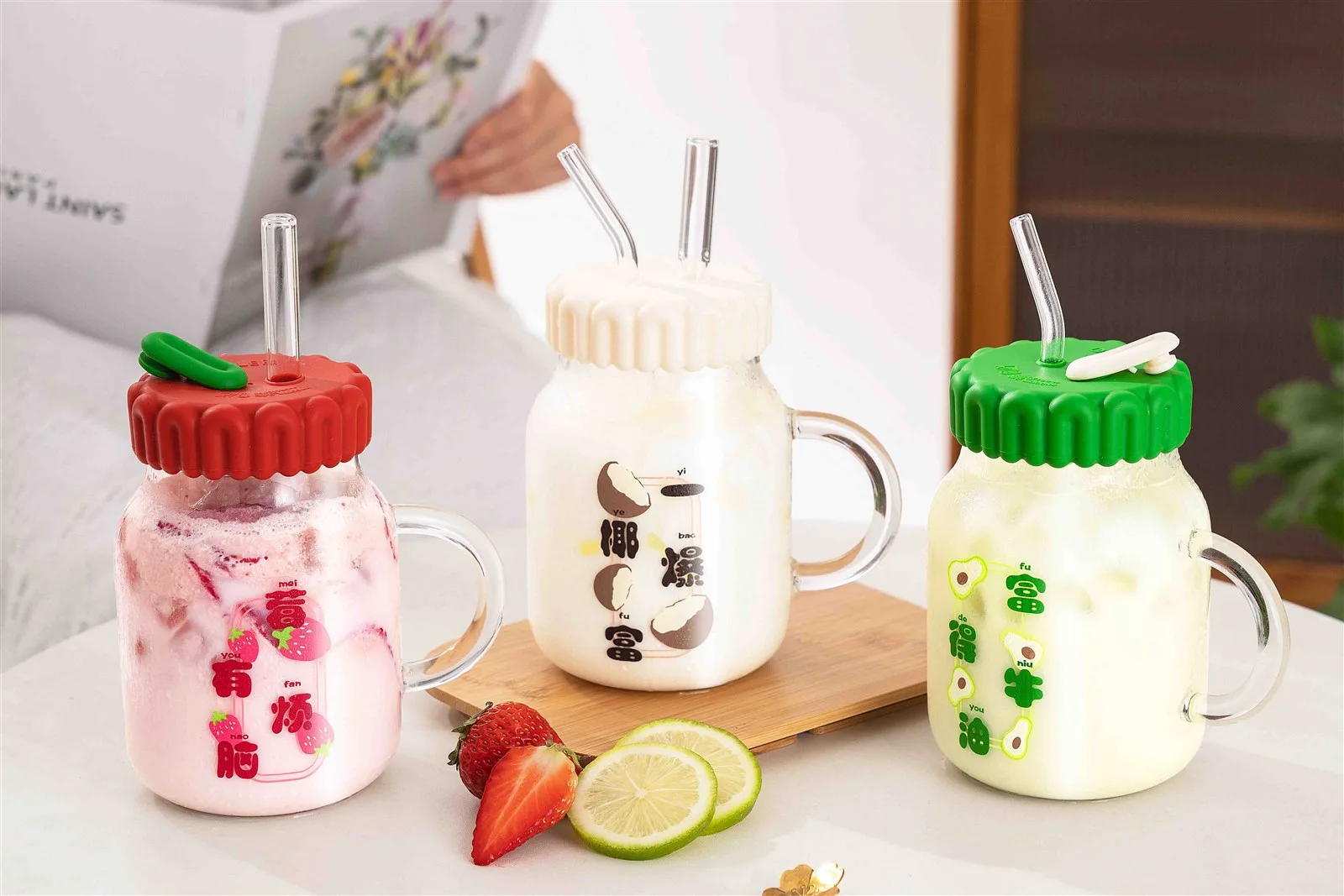아래는 유리 컵과 플라스틱 물병의 전체 생산 공정과 예방 조치에 대한 일반적인 소개입니다.
생산 및 가공 과정 플라스틱 컵들 다음 단계로 나눌 수 있습니다.
1. 원료 준비: 플라스틱 컵의 주요 원료는 플라스틱 입자입니다. 제품 요구 사항에 따라 다양한 재료의 플라스틱 입자를 선택하고 품질 검사를 수행하여 원료의 품질이 요구 사항을 충족하는지 확인해야 합니다.
2. 원료 용융: 플라스틱 입자를 압출기에 넣고 고온에서 플라스틱 용융물로 용융시킵니다.
3. 금형 성형: 용융 플라스틱 용융물을 금형 입구를 통과시켜 플라스틱 필름이나 시트 소재를 형성합니다. 금형은 제품의 치수 정확성과 표면 품질을 보장하기 위해 제품 크기와 모양에 따라 설계 및 제조해야 합니다.
4. 냉각 및 성형: 형성된 플라스틱 필름 또는 시트는 냉각 장치를 통해 냉각되고 성형되어 원하는 제품 모양과 크기를 얻습니다.
5. 절단 및 스탬핑: 냉각되고 성형된 플라스틱 필름이나 시트를 절단하고 스탬핑하여 필요한 컵 본체와 뚜껑을 형성합니다.
6. 조립 및 포장: 컵 본체와 뚜껑을 조립하고, 밀봉기로 밀봉한 후, 마지막으로 제품을 포장합니다.
7. 품질 검사: 생산 과정에서는 외관 검사, 크기 검사, 강도 검사 등 여러 가지 품질 검사가 필요합니다. 합격한 플라스틱 컵은 배송을 위해 세척 및 포장해야 합니다.
8. 포장 및 운송: 플라스틱 컵의 포장은 운송 중에 제품이 손상되지 않도록 충격 방지 및 낙하 방지 조치와 같은 조치가 필요합니다. 동시에 육로 운송, 항공 운송, 해상 운송 등과 같이 제품의 특성과 고객 요구 사항에 따라 합리적인 운송 방법을 선택해야 합니다.
위의 프로세스 단계 외에 다음 사항이 필요합니다. BE 유명한:
1. 생산 공정 중 위생 관리: 플라스틱 컵은 식품과 직접 접촉하는 제품이기 때문에 생산 공정 중 위생 관리가 매우 중요합니다. 생산 공정 중 깨끗하고 위생적인 작업 환경을 유지하고 식품 등급 세척제를 사용하여 세척 및 소독하는 것이 필요합니다.
2. 장비 요구 사항: 플라스틱 컵 생산에는 압출기, 금형, 냉각 장치, 절단기, 스탬핑 기계 등과 같은 전문적인 스테인리스 스틸 가공 및 테스트 장비를 사용해야 합니다. 장비의 성능과 품질은 생산된 제품의 품질과 성능에 상당한 영향을 미칩니다.
3. 품질관리: 생산과정에서는 표면품질검사, 치수검사, 강도검사 등 여러 단계의 품질검사 및 관리가 필요합니다. 품질관리는 제품품질을 보장하는 중요한 고리로, 각종 공정변수와 검사기준을 엄격히 관리해야 합니다.
4. 포장 및 운송: 스테인리스 스틸 단열 컵의 포장은 운송 중에 제품이 손상되지 않도록 충격 방지 및 낙하 방지 조치와 같은 조치가 필요합니다. 동시에 육로 운송, 항공 운송, 해상 운송 등과 같이 제품의 특성과 고객 요구 사항에 따라 합리적인 운송 방법을 선택해야 합니다.

생산 및 가공 과정 유리 컵 다음 단계로 나눌 수 있습니다.
1. 원료 준비: 유리잔의 주요 원료는 유리 입자입니다. 제품 요구 사항에 따라 다양한 재료의 유리 입자를 선택하고 품질 검사를 실시하여 원료의 품질이 요구 사항을 충족하는지 확인해야 합니다.
2. 원료 용융: 유리 입자를 고온로에 넣고 고온에서 유리 용융물로 용융시킵니다.
3. 금형 성형: 용융된 유리 용융물을 금형 입구를 통과시켜 유리 필름 또는 시트 소재를 형성합니다. 금형은 제품의 치수 정확성과 표면 품질을 보장하기 위해 제품 크기와 모양에 따라 설계 및 제조되어야 합니다.
4. 냉각 및 성형: 형성된 유리 필름 또는 시트는 냉각 장치를 통해 냉각되고 성형되어 원하는 제품 모양과 크기를 얻습니다.
5. 절단 및 스탬핑: 냉각되고 성형된 유리 필름이나 시트를 절단하고 스탬핑하여 필요한 컵 본체와 뚜껑을 형성합니다.
6. 조립 및 포장: 컵 본체와 뚜껑을 조립하고, 밀봉기로 밀봉한 후, 마지막으로 제품을 포장합니다.
7. 품질 검사: 생산 과정에서는 외관 검사, 크기 검사, 강도 검사 등 여러 가지 품질 검사가 필요합니다. 검사를 통과한 유리잔은 배송을 준비하기 위해 세척 및 포장이 필요합니다.
8. 포장 및 운송: 유리 컵의 포장은 운송 중에 제품이 손상되지 않도록 충격 방지 및 낙하 방지 조치와 같은 조치가 필요합니다. 동시에 육로 운송, 항공 운송, 해상 운송 등과 같이 제품의 특성과 고객 요구 사항에 따라 합리적인 운송 방법을 선택해야 합니다.
위의 프로세스 단계 외에 다음 사항이 필요합니다. 주목하다:
1. 생산 공정 중 위생 관리: 식품과 직접 접촉하는 제품으로서 생산 공정 중 위생 관리가 매우 중요합니다. 생산 공정 중 깨끗하고 위생적인 작업 환경을 유지하고 식품 등급 세척제를 사용하여 세척 및 소독하는 것이 필요합니다.
2. 장비 요구 사항: 유리 컵 생산에는 유리로, 금형, 냉각 장치, 절단기, 스탬핑 기계 등과 같은 전문적인 유리 가공 및 테스트 장비의 사용이 필요합니다. 장비의 성능과 품질은 생산된 제품의 품질과 성능에 상당한 영향을 미칩니다.
3. 품질관리: 생산과정에서는 표면품질검사, 치수검사, 강도검사 등 여러 단계의 품질검사 및 관리가 필요합니다. 품질관리는 제품품질을 보장하는 중요한 고리로, 각종 공정변수와 검사기준을 엄격히 관리해야 합니다.
4. 포장 및 운송: 유리컵의 포장은 운송 중에 제품이 손상되지 않도록 충격 방지 및 낙하 방지 조치와 같은 조치가 필요합니다. 동시에 육로 운송, 항공 운송, 해상 운송 등과 같이 제품의 특성과 고객 요구 사항에 따라 합리적인 운송 방법을 선택해야 합니다.

